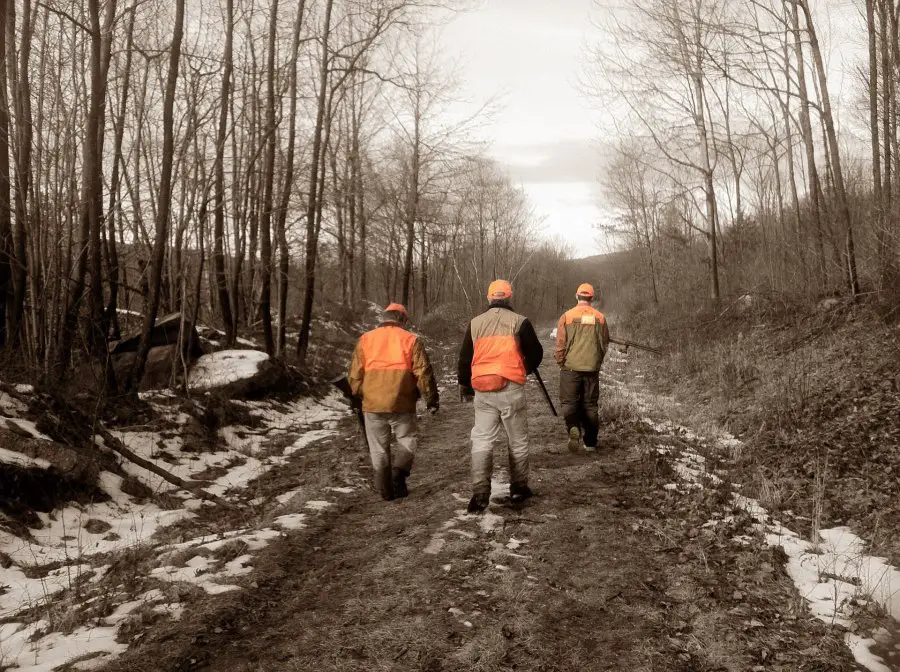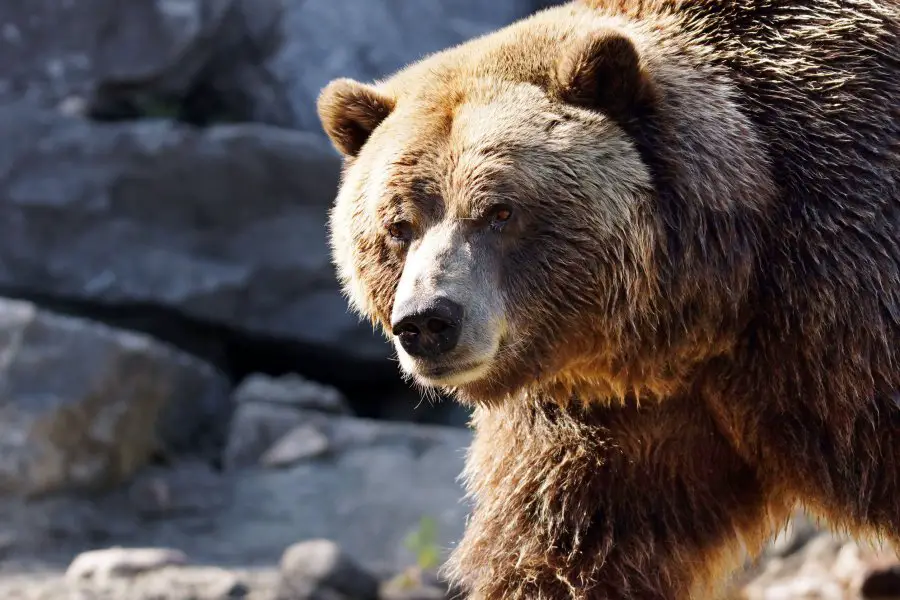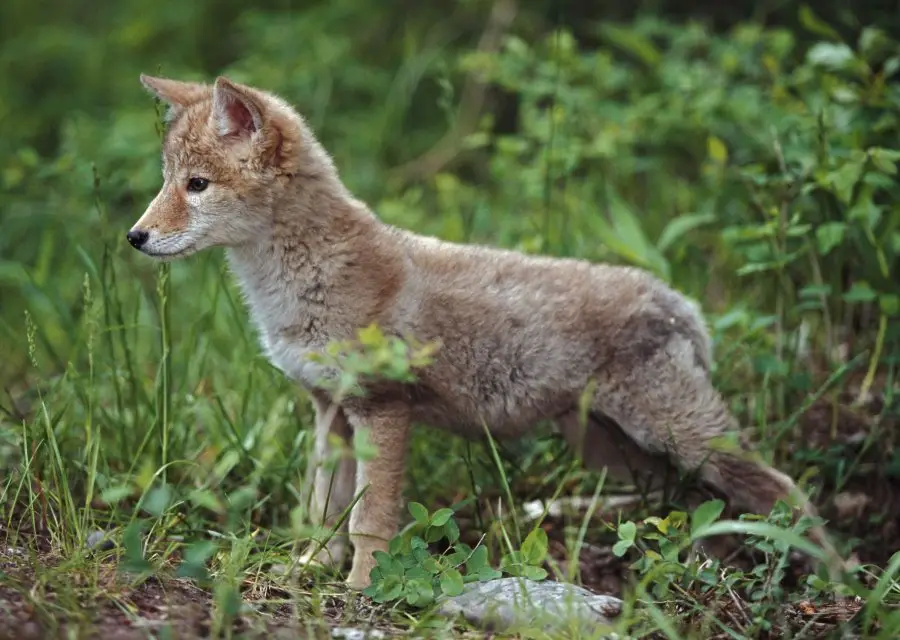
Article content
A letter from the Nova Scotia government sent out to residents to warn about a pack of wolves on the loose in the province was forged by Canadian military personnel as part of a propaganda training mission that went off the rails.
The letter told residents to be wary of wolves that had been reintroduced into the area by the provincial and federal governments and warned the animals were now roaming the Annapolis Valley. The letter, which later became public, sparked concern and questions among residents but was later branded as “fake” by the Nova Scotia government which didn’t know the military was behind the deception.
The training also involved using a loudspeaker to generate wolf sounds, the Canadian Forces confirmed to this newspaper.
The fake letter was part of new skills being tested by the military as it hones its expertise for launching propaganda missions at home and abroad. The letter was developed by information warfare specialists with the Halifax Rifles, a reserve unit.
The Canadian Forces revealed its role behind the fake letter last week to the Nova Scotia government and then on the weekend to local news media. Media outlets reported military staff had written the letter but didn’t know why.
Emma Briant, a professor at Bard College in the U.S. who specializes in researching military propaganda, said what the Canadian Forces did was a major violation of ethics. “This is way over the top,” Briant said. “It’s a very dangerous path when you start targeting your own public with false information and trying to manipulate them.”
Briant said the deception has nothing to do with wolves; it was likely an exercise in the testing the military’s skills in trying to manipulate the population with false information. “You start a rumour about wolves on the loose and then you see how the public reacts,” she added.
Similar deception operations were tried by contractors of SCL, a propaganda company which had worked for the U.S. and British militaries in Afghanistan and other locations in Asia. In those cases, false information was transmitted to villagers to convince them not to send their children to religious schools where they might be radicalized. But instead of being truthful, the contractors concocted an information campaign claiming pedophiles were operating in religious schools and parents shouldn’t send them there because their children would be in danger of being molested.
The training initiative did not follow the established approval process and was not okayed by senior leaders, he added.
The Nova Scotia propaganda training comes as the Canadian Forces spools up its capabilities to conduct information warfare, influence operations and other deception missions aimed at populations overseas and, if necessary, the Canadian public.
Briant revealed on Monday the Canadian Forces spent more than $1 million in training its public affairs officers in skills to influence targeted populations.
In July, this newspaper reported a team assigned to a Canadian military intelligence unit monitored and collected information from people’s social media accounts in Ontario, claiming such data-mining was needed to help troops working in long-term care homes during the coronavirus pandemic. The collection involved comments made by the public about the provincial government’s failure in taking care of the elderly in the province. That data was turned over to the Ontario government, with a warning from the team it represented a “negative” reaction from the public.
In addition, some Canadian military officers have suggested creating fake Facebook and other social media accounts for carrying out deception operations as well as harnessing social media accounts of Canadian Forces members, military-friendly academics and retired senior military staff to challenge opposition politicians and journalists who raise controversial issues regarding the Canadian Forces.
The Canadian Forces stresses that it follows ethical guidelines in its propaganda operations.
But others inside the military say that isn’t the case, pointing to the Nova Scotia operation as a prime example as it violated Canadian privacy law and the Criminal Code when soldiers forged documents.
The fake wolf letter was dated Sept. 19, two days after Chief of the Defence Staff Gen. Jon Vance met with senior military leaders to explain “the value of ethical decision making and the importance of maintaining the credibility of the CAF by being honest and transparent in everything we do.”
from: https://ottawacitizen.com/news/national/defence-watch/forged-letter-warning-about-wolves-on-the-loose-part-of-canadian-forces-propaganda-campaign-that-went-awry









